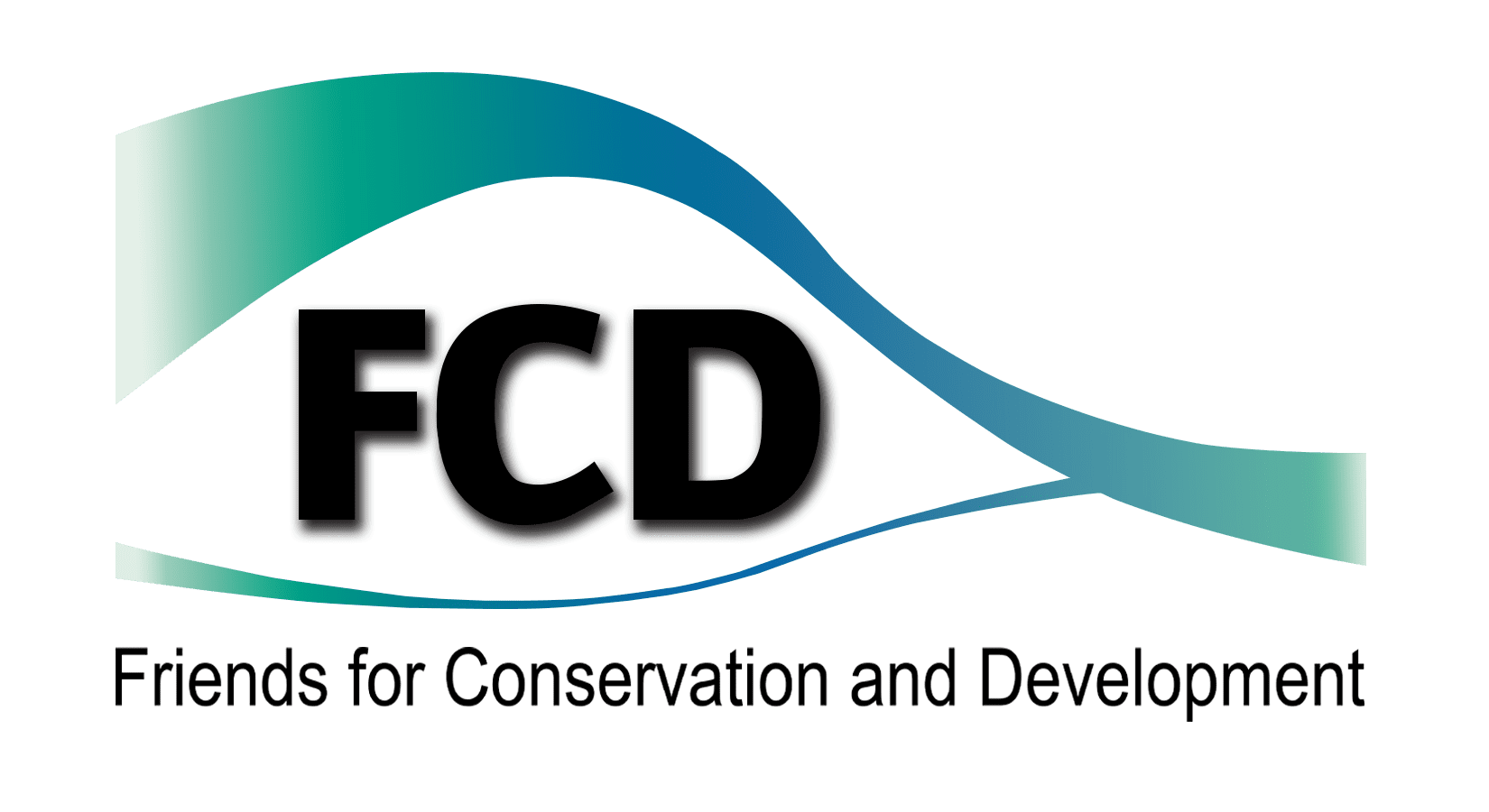INTRODUCTION
The genus, Chamaedorea (locally referred to as xate) is the largest palm genus in Central America (Henderson et al. 1995) with an estimated 75% of the species being threatened. In Belize, there are 12 reported species, including the three most favored species in the floral industry (Chamaedorea elegans, C. ernesti-augustii and C. oblongata) and harvested from the forests of Mexico, Guatemala and Belize. The latter two species are known to be of high relative abundance in the Chiquibul Forest. Annual xate exports from Guatemala are estimated at USD 4 million (Bridgewater et al. 2006), representing an important income source for many Guatemalan communities in the Department of Petén.
As a non-timber forest product (NTFP), xate (Chamaedorea spp.) has gained economic importance in Central America (Bridgewater et al. 2006). The combination of over-harvesting and habitat loss have led to populations in this region becoming progressively vulnerable (Garwood et al. 2006; Porter-Morgan 2005). Unsustainable harvesting may lead to the target species local extinction. Wicks (2004) and Morgan (2005) reported that wild xate plants produce 1 to 2 new leaves per year, these findings are also in accordance with those of Endress et al. (2006, 2004a), thus suggesting that harvesting frequency and intensity need to be regulated, giving time for harvested plants to recuperate. Porter-Morgan (2007), suggest that overharvesting of plants severely reduce their reproductive capacity, while others argue that cutting leaves from plants may create stress inducing plants to increase leaf production (Endress et al. 2004a, b), but if leaf extraction is frequent and intense it may lead to: a reduction in plant growth, reduction in the reproductive capacity and high plant mortality, (Endress et al. 2006).
The Chiquibul Forest shares 45 kilometers of an international border with Petén, Guatemala. Satellite imagery shows that forest cover in Guatemala is highly fragmented while in Belize the Chiquibul Forest appears highly intact. As a result, it is estimated that over 1,000 individuals from these communities, have at one time been engaged in illegally harvesting xate leaves from the Chiquibul (Williams et al. 2012), which has the greatest potential economic value for xate in Belize (Bridgewater et al. 2006). Illegal xate harvesting in the Chiquibul Forest has been reported since the early 1970’s. Since then “xatero” (individuals that harvest xate leaves) activity kept increasing, leading to an evident dense trail network under the forest canopy. As a result, illegal xate extraction has been documented as a threat to the Chiquibul’s biodiversity, thus the objectives of the study were to: i) determine xate population abundance and density within the Chiquibul Forest, ii) estimate the gross economic value of illegally harvested xate and iii) calculate the productive capacity of xate populations (by species) within the Chiquibul Forest, and iv) compare mean results of the 2012, 2015 and 2018 field surveys.
